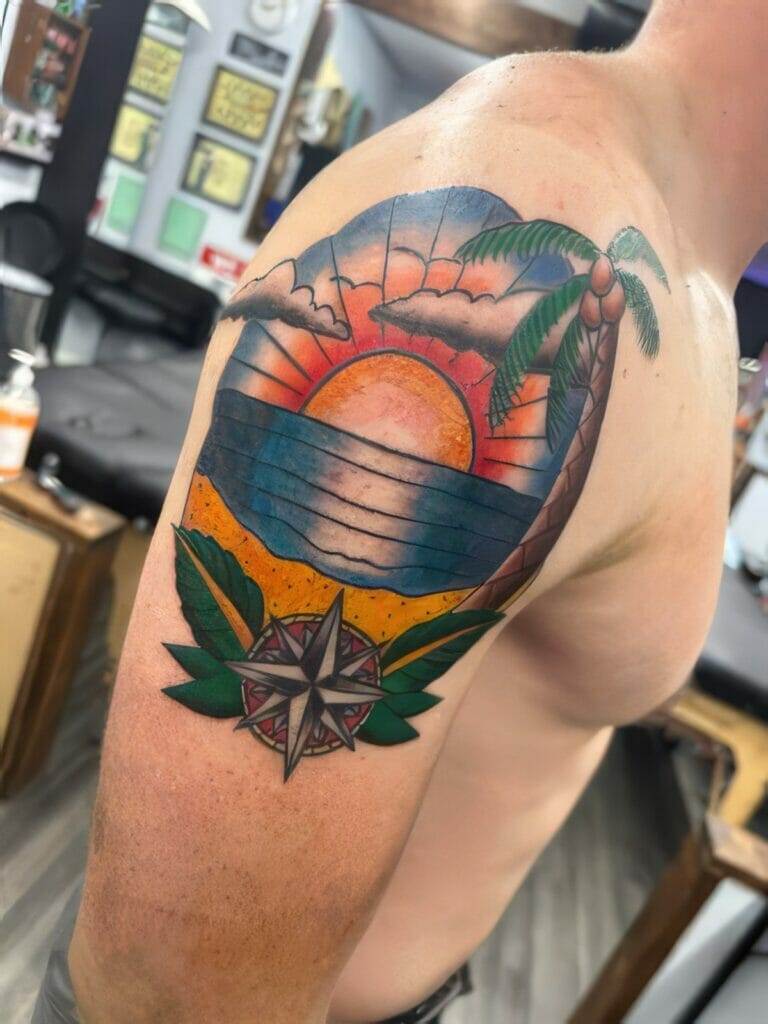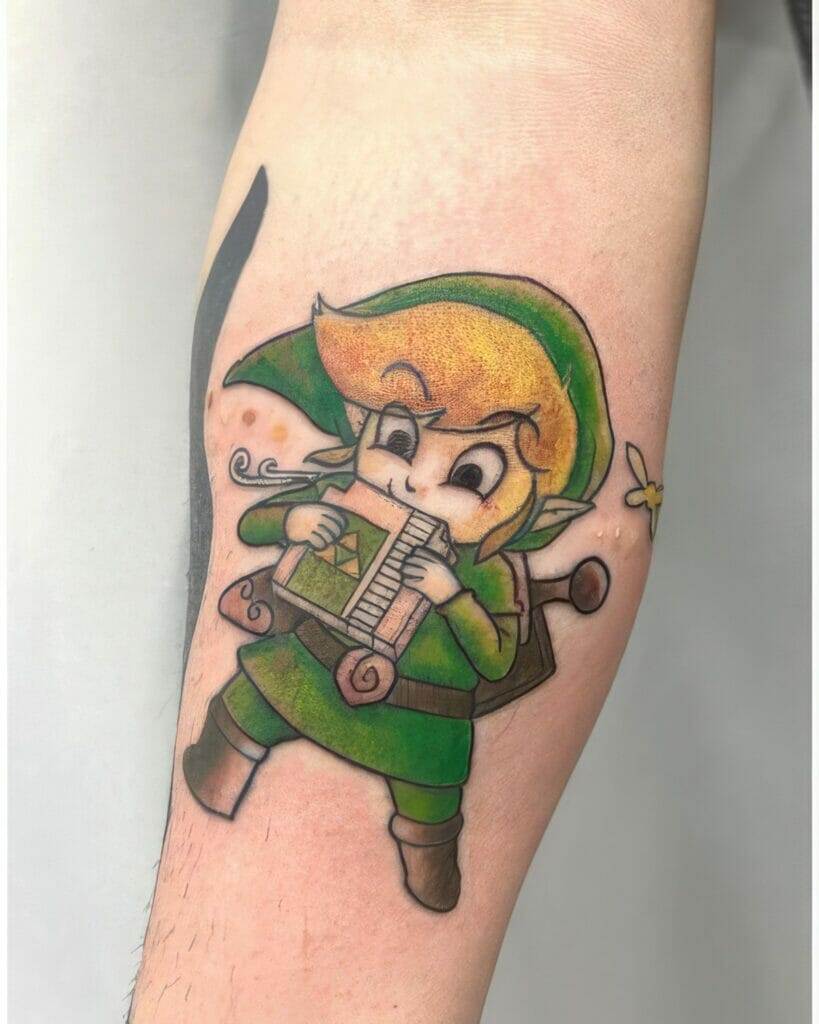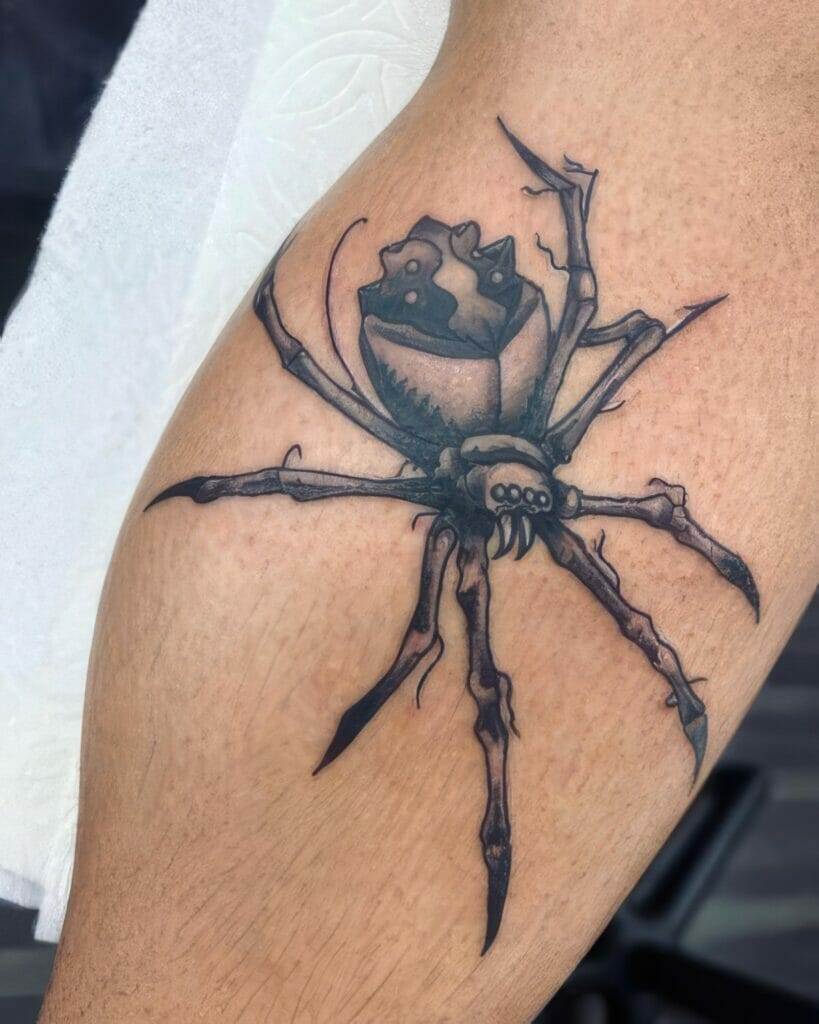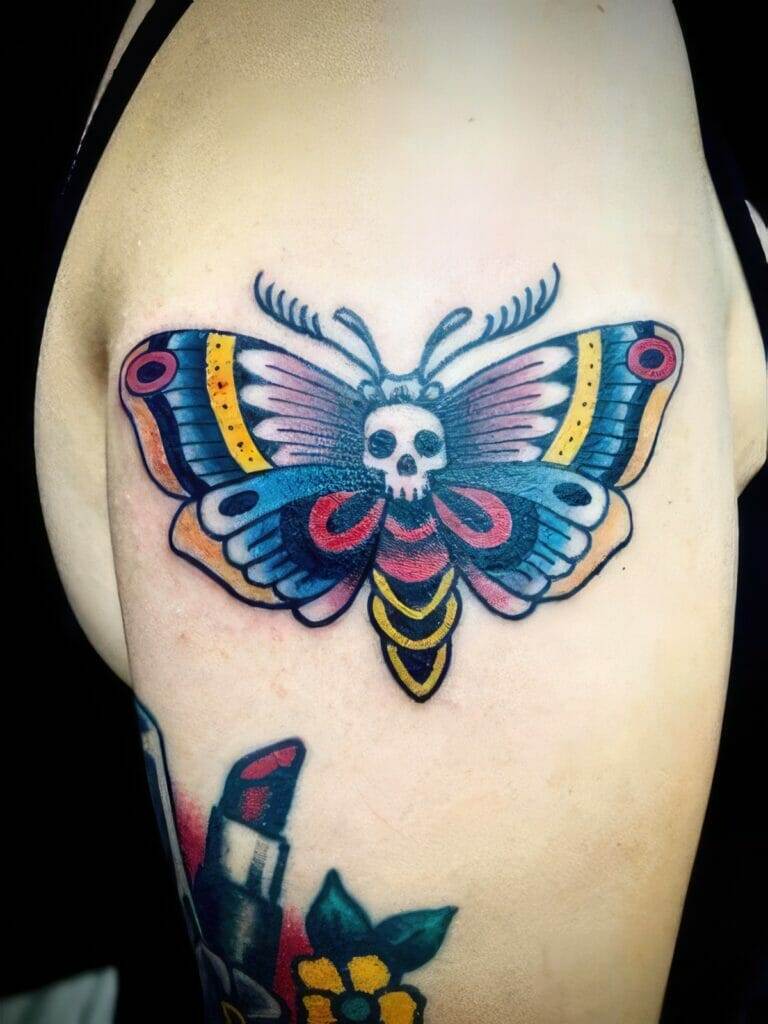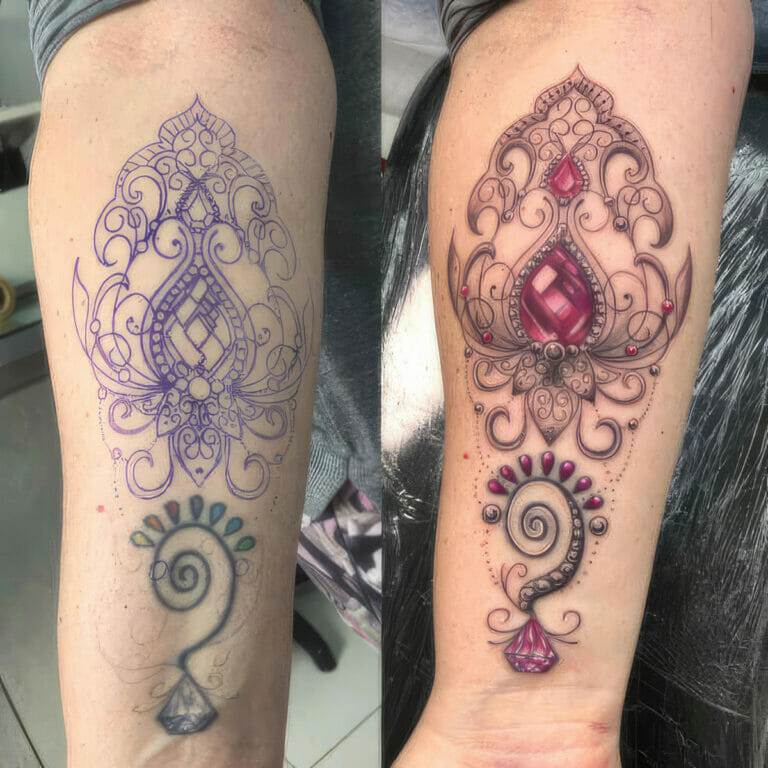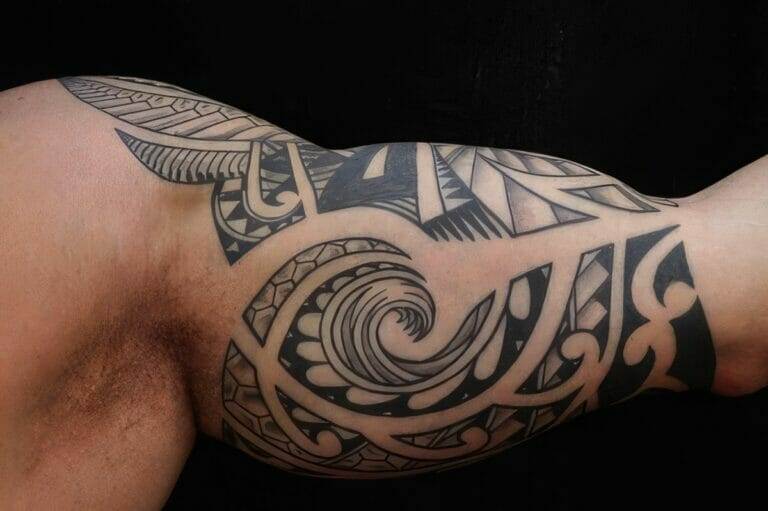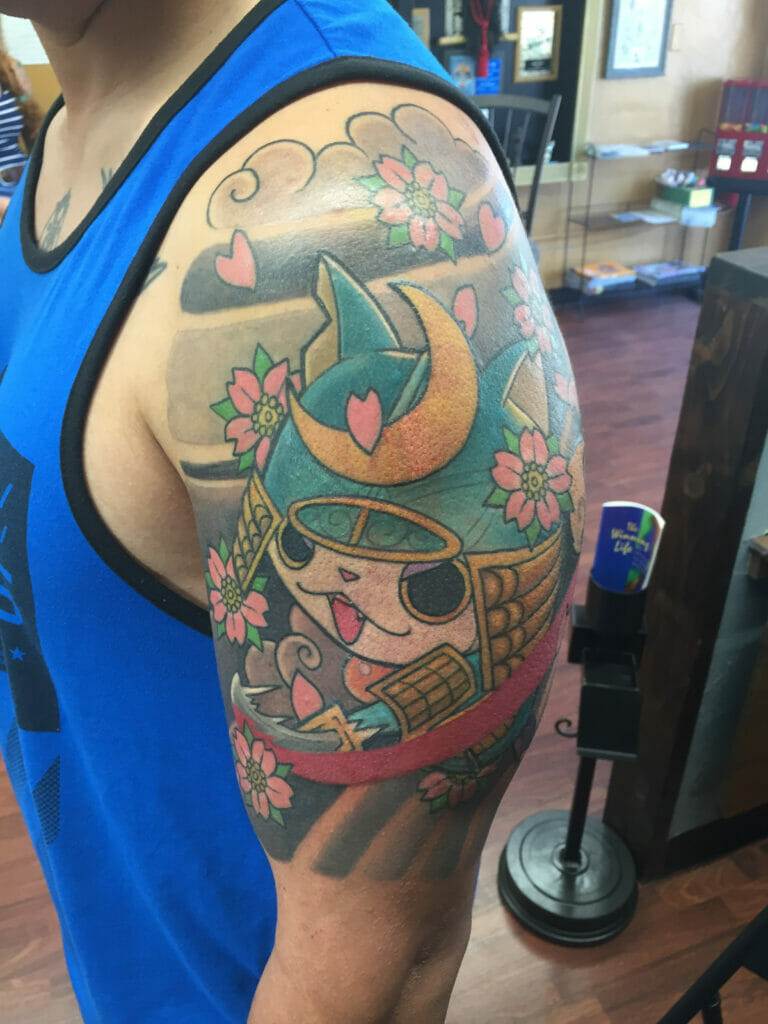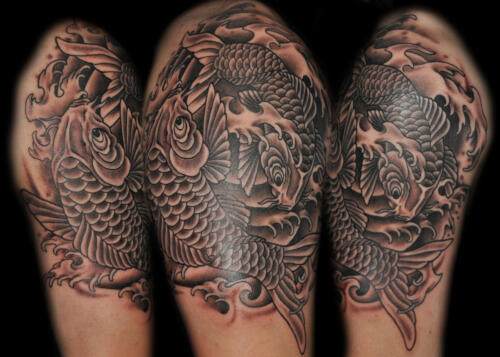
Designing your own tattoo can be a truly rewarding and meaningful experience. It allows you to express your personal style, interests, and values in a unique and permanent way. By creating your own design, you can avoid generic tattoo designs that may not hold any significance to you. Instead, you can create a tattoo that is deeply meaningful and special to you.
One of the main advantages of designing your own tattoo is the ability to express your personal uniqueness. Tattoos are a form of self-expression, and by designing your own, you can ensure that it truly reflects who you are as an individual. Whether it’s a symbol that represents an important aspect of your life or a design that showcases your artistic style, designing your own tattoo allows you to create something that is one-of-a-kind.
Another reason why designing your own tattoo is a great idea is that it allows you to avoid generic designs. Many people opt for popular tattoo designs that are commonly seen, such as tribal patterns or generic symbols. By designing your own tattoo, you can ensure that it stands out from the crowd and is truly unique to you. This can be especially important if you want your tattoo to have personal significance or if you want it to represent something specific about yourself.
Designing your own tattoo also gives you the opportunity to create a design that is deeply meaningful and special to you. You can incorporate symbols, images, or words that hold personal significance or represent important aspects of your life. This can make your tattoo even more powerful and meaningful, as it becomes a visual representation of who you are and what matters most to you.
Finding Inspiration for Your Tattoo Design
When designing your own tattoo, finding inspiration is key. There are many different sources of inspiration that you can explore to help you come up with ideas for your design.
One way to find inspiration for your tattoo design is to explore your personal interests and hobbies. Think about the things that you are passionate about or that have had a significant impact on your life. This could be anything from music and sports to nature and travel. By incorporating elements of your interests and hobbies into your tattoo design, you can create a design that is truly unique to you.
Another way to find inspiration is to look at art and design styles. Explore different art movements, such as abstract art, minimalism, or surrealism, and see if any of these styles resonate with you. You can also look at different types of design, such as graphic design or typography, for inspiration. By incorporating elements of different art and design styles into your tattoo design, you can create a visually stunning and unique design.
Researching cultural and historical symbols can also provide inspiration for your tattoo design. Symbols have been used for centuries to represent different ideas, beliefs, and values. By incorporating symbols from different cultures or historical periods into your tattoo design, you can create a design that has a deeper meaning and significance.
Choosing the Right Tattoo Style for You
When designing your own tattoo, it’s important to consider the different tattoo styles that are available and choose one that suits your personal style and preferences.
There are many different tattoo styles to choose from, ranging from traditional to neo-traditional, realism to watercolor, and many more. Each style has its own unique characteristics and aesthetic, so it’s important to do some research and find a style that resonates with you.
Consider your personal style and preferences when choosing a tattoo style. If you prefer bold lines and vibrant colors, a traditional or neo-traditional style might be a good fit for you. If you prefer more realistic or detailed designs, a realism or portrait style might be more suitable. It’s important to choose a style that you feel comfortable with and that reflects your personal aesthetic.
Researching different tattoo styles and their meanings can also help you choose the right style for your design. Some styles have specific meanings or associations, so it’s important to understand the symbolism behind different styles before making a decision. For example, traditional tattoos often feature symbols and imagery that represent strength, courage, and loyalty, while watercolor tattoos are known for their soft and dreamy aesthetic.
Understanding the Symbolism Behind Different Tattoo Designs
When designing your own tattoo, it’s important to understand the symbolism behind different tattoo designs. Symbols can have different meanings and associations, so it’s important to choose symbols that resonate with you and hold personal significance.
Animals, flowers, and other natural elements are commonly used in tattoo designs and can have different meanings depending on the culture or context. For example, a lion is often associated with strength and courage, while a lotus flower is often associated with purity and enlightenment. By understanding the symbolism behind different animals, flowers, and other natural elements, you can choose designs that have personal meaning to you.
Cultural and religious symbols are also commonly used in tattoo designs and can hold deep significance for those who choose to incorporate them into their designs. Symbols such as the Om symbol in Hinduism or the Celtic knot in Celtic culture can represent spiritual beliefs or cultural heritage. It’s important to research the meaning and significance of these symbols before incorporating them into your design to ensure that you are using them respectfully and accurately.
In addition to using traditional symbols, you can also create your own personal symbols and meanings. These can be anything from a simple shape or pattern to a more complex design that represents something specific to you. By creating your own symbols, you can add a personal touch to your tattoo design and make it even more meaningful.
Sketching Your Tattoo: Tips for Beginners
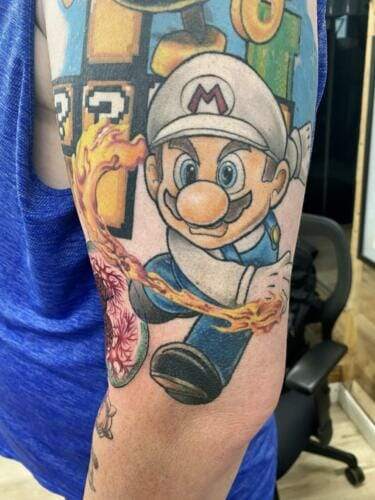
Sketching your tattoo design is an important step in the process of designing your own tattoo. It allows you to visualize your ideas and make adjustments before finalizing the design.
If you’re new to sketching, it’s best to start with simple shapes and ideas. Begin by sketching basic shapes, such as circles, squares, or triangles, and then gradually add more details and complexity. This will help you develop your drawing skills and build confidence in your ability to create more intricate designs.
There are many online resources and tutorials available that can help you improve your sketching skills. Look for tutorials that focus on the specific style or subject matter that you are interested in. These tutorials can provide step-by-step instructions and tips for creating different types of designs.
When sketching your tattoo design, it’s important to take your time and be patient. Don’t be afraid to make mistakes or experiment with different ideas. Sketching is a creative process, and it’s important to allow yourself the freedom to explore different possibilities before settling on a final design.
Working with a Tattoo Artist: How to Communicate Your Vision
Once you have sketched your tattoo design, it’s time to work with a tattoo artist to bring your vision to life. Finding a reputable artist is crucial, as they will be responsible for translating your design into a permanent tattoo.
When meeting with a tattoo artist, it’s important to bring reference materials and sketches that clearly communicate your vision. This can include sketches, photographs, or other visual references that show the style, subject matter, and overall aesthetic that you are looking for. The more specific and detailed you can be in communicating your vision, the better the artist will be able to understand and execute your design.
It’s also important to be open to suggestions and feedback from the tattoo artist. They are professionals with experience in translating designs into tattoos, so they may have valuable insights or suggestions that can enhance your design. Be willing to listen to their input and consider their suggestions, but also be clear about your own preferences and vision for the design.
Communication is key when working with a tattoo artist, so be sure to ask questions and clarify any concerns or uncertainties that you may have. It’s important to have a clear understanding of the process, including the size, placement, and color of the tattoo, as well as any potential pain or healing time involved.
Choosing the Right Placement for Your Tattoo
Choosing the right placement for your tattoo is an important decision that can greatly impact the overall look and feel of your design. There are several factors to consider when choosing the placement of your tattoo.
One factor to consider is visibility and career implications. If you work in a profession that has strict dress code policies or if you are concerned about potential judgment or discrimination, you may want to choose a placement that can be easily covered up with clothing. On the other hand, if you want your tattoo to be visible and easily seen, you may choose a placement that is more exposed, such as the forearm or upper back.
Another factor to consider is pain and healing time. Some areas of the body are more sensitive than others and may be more painful to tattoo. Additionally, some areas may take longer to heal than others. It’s important to discuss these factors with your tattoo artist and choose a placement that you feel comfortable with.
When choosing the placement of your tattoo, it’s also important to consider how it will complement the design. Some designs may look better on certain parts of the body than others. For example, a long and vertical design may look better on the forearm or calf, while a circular design may look better on the shoulder or back.
Considering Color and Shade in Your Tattoo Design
Color and shade play an important role in tattoo design and can greatly enhance the overall look and feel of your design. When designing your own tattoo, it’s important to consider how color and shade will be incorporated into your design.
Choosing a color palette that complements your design is crucial. Consider the mood and aesthetic that you want to achieve with your tattoo and choose colors that reflect that. For example, if you want a bold and vibrant design, you may choose bright and saturated colors. If you prefer a more subtle and muted design, you may choose softer and more neutral colors.
Understanding shading and depth is also important when designing your own tattoo. Shading can add dimension and depth to your design, making it appear more realistic or three-dimensional. It’s important to work with your tattoo artist to determine the best shading techniques for your design and to ensure that the desired effect is achieved.
When incorporating color and shade into your tattoo design, it’s important to consider the long-term effects. Over time, tattoos can fade or change color, so it’s important to choose colors that will age well and maintain their vibrancy over time. Additionally, it’s important to follow proper aftercare instructions to ensure that your tattoo heals properly and retains its color and clarity.
Adding Personal Touches to Your Tattoo
One of the advantages of designing your own tattoo is the ability to add personal touches that make the design truly your own. There are several ways to incorporate personal elements into your tattoo design.
One way to add a personal touch is to incorporate names, dates, or quotes that hold special meaning to you. This could be the name of a loved one, a significant date, or a meaningful quote or phrase. By incorporating these elements into your design, you can create a tattoo that is deeply personal and meaningful.
Another way to add personal touches is to include unique elements or twists in your design. This could be anything from adding a favorite animal or symbol to incorporating elements from different art styles or cultures. By adding these unique elements, you can create a design that is truly one-of-a-kind and reflects your individuality.
Making the design truly your own can also involve customizing the design to suit your preferences. This could be as simple as adjusting the size or placement of the design or as complex as combining different elements or symbols to create a completely unique design. By customizing the design, you can ensure that it is a true reflection of your personal style and preferences.
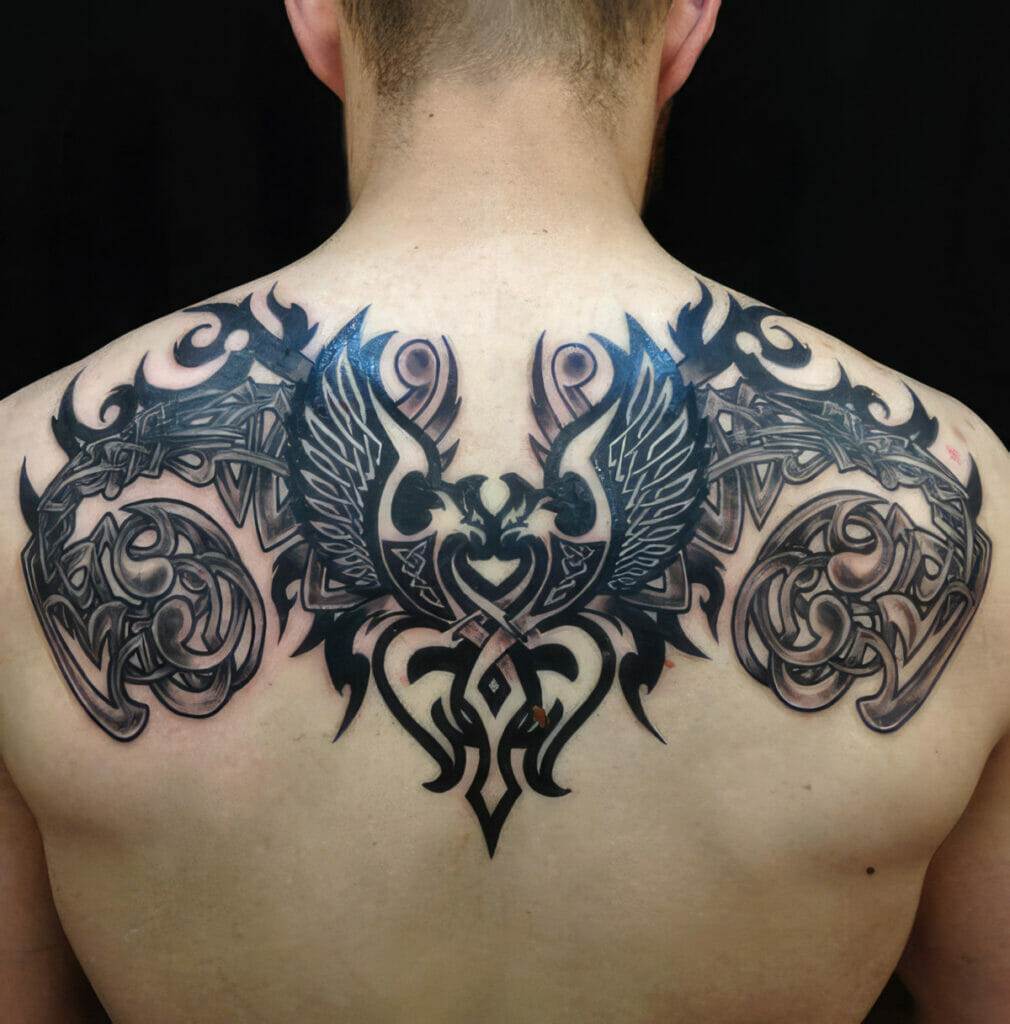
Caring for Your Tattoo: Tips for a Long-Lasting Design
Caring for your tattoo is crucial to ensure that it remains vibrant and clear over time. Proper aftercare is essential in maintaining the longevity and appearance of your tattoo.
Following aftercare instructions carefully is the first step in caring for your tattoo. Your tattoo artist will provide you with specific instructions on how to clean and care for your tattoo during the healing process. It’s important to follow these instructions closely to prevent infection and promote proper healing.
Avoiding sun exposure and harsh chemicals is also important in caring for your tattoo. Sun exposure can cause fading and damage to your tattoo, so it’s important to protect it from direct sunlight. Additionally, harsh chemicals, such as chlorine or certain skincare products, can irritate or fade your tattoo, so it’s important to avoid exposing it to these substances.
Touching up and maintaining the design over time is another important aspect of caring for your tattoo. Over time, tattoos can fade or lose clarity, so it’s important to schedule touch-up sessions with your tattoo artist as needed. Additionally, maintaining good overall skin health can help preserve the appearance of your tattoo, so it’s important to keep your skin moisturized and protected from harsh elements.
Celebrating Your Unique Tattoo Design
Designing your own tattoo is a wonderful way to celebrate your personal style, interests, and values. By creating a design that is unique to you, you can express yourself in a meaningful and permanent way.
Throughout the process of designing your own tattoo, it’s important to embrace the personal and meaningful nature of your design. Your tattoo is a reflection of who you are and what matters most to you, so it’s important to take the time to create a design that truly represents you.
Enjoy the process of designing your tattoo and the final result. Designing your own tattoo is a creative and personal journey, so it’s important to have fun and enjoy the experience. Celebrate your unique design and encourage others to explore their own tattoo design ideas.

